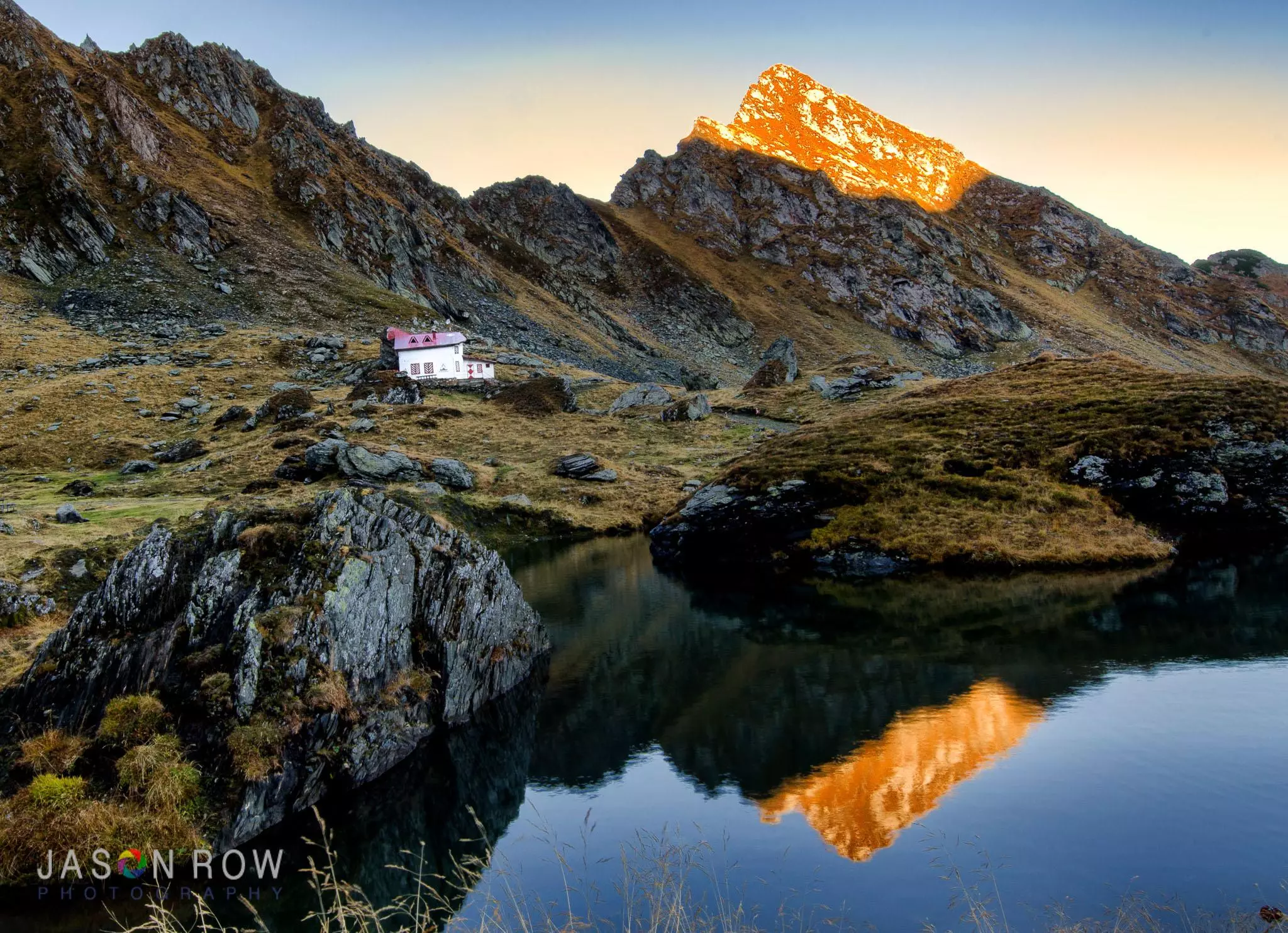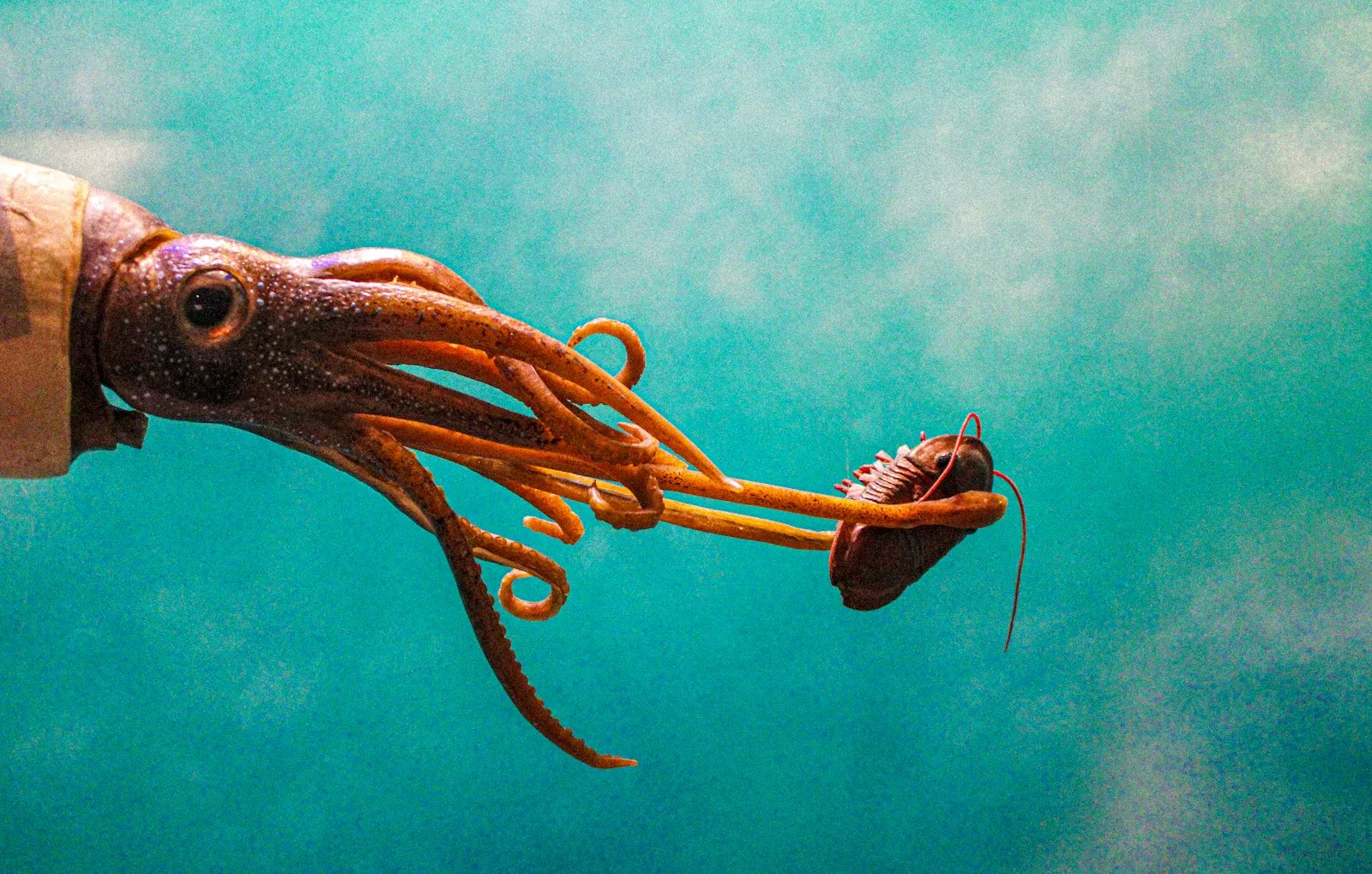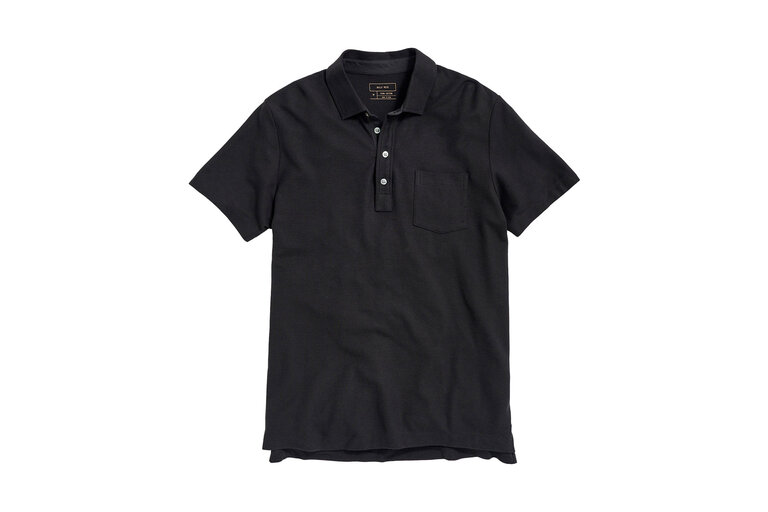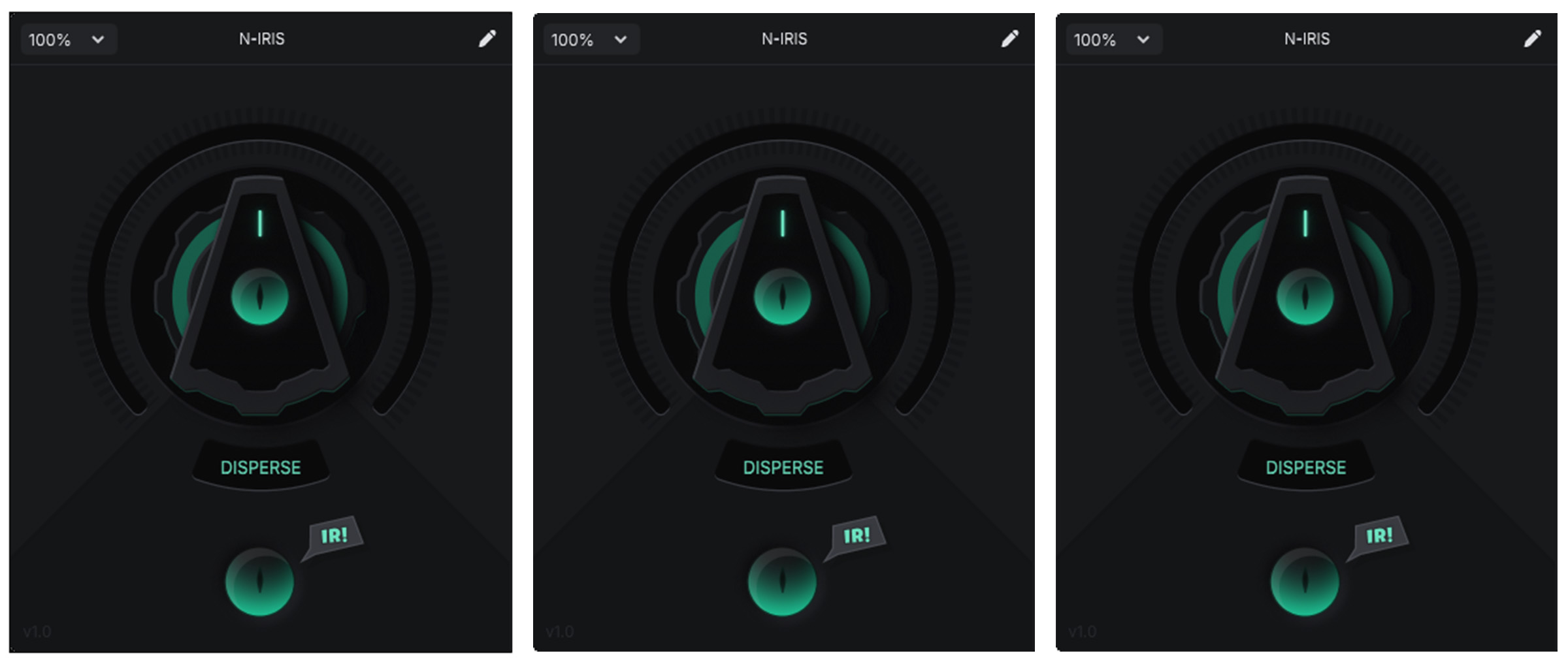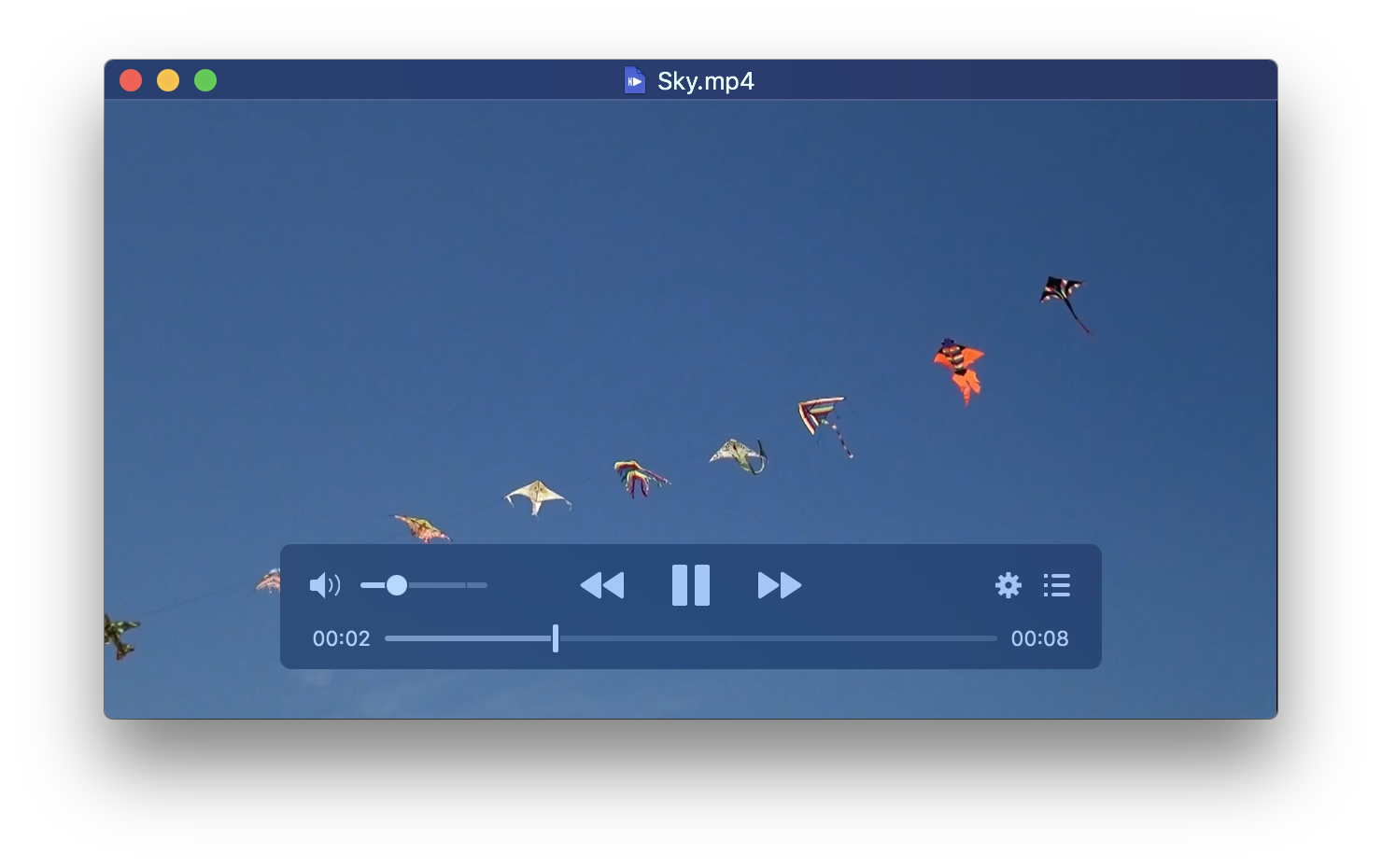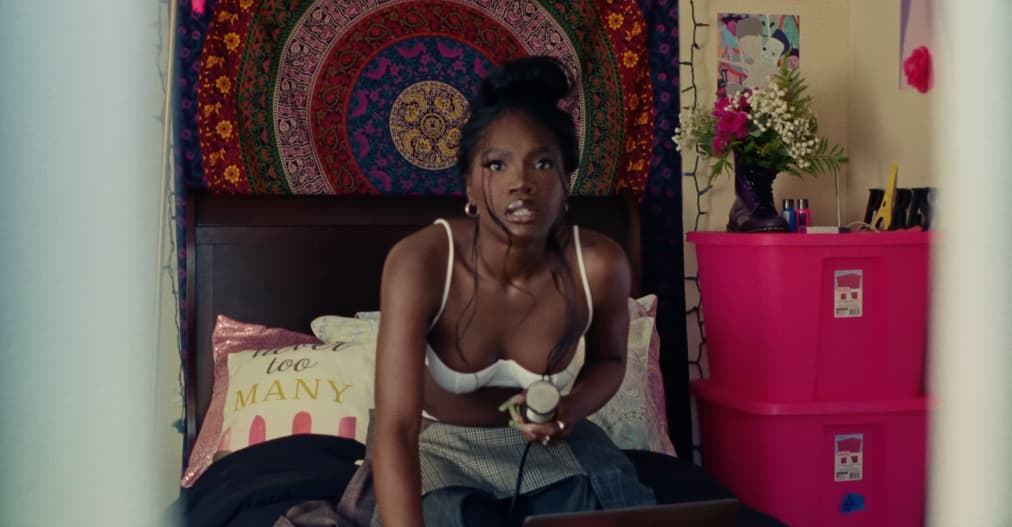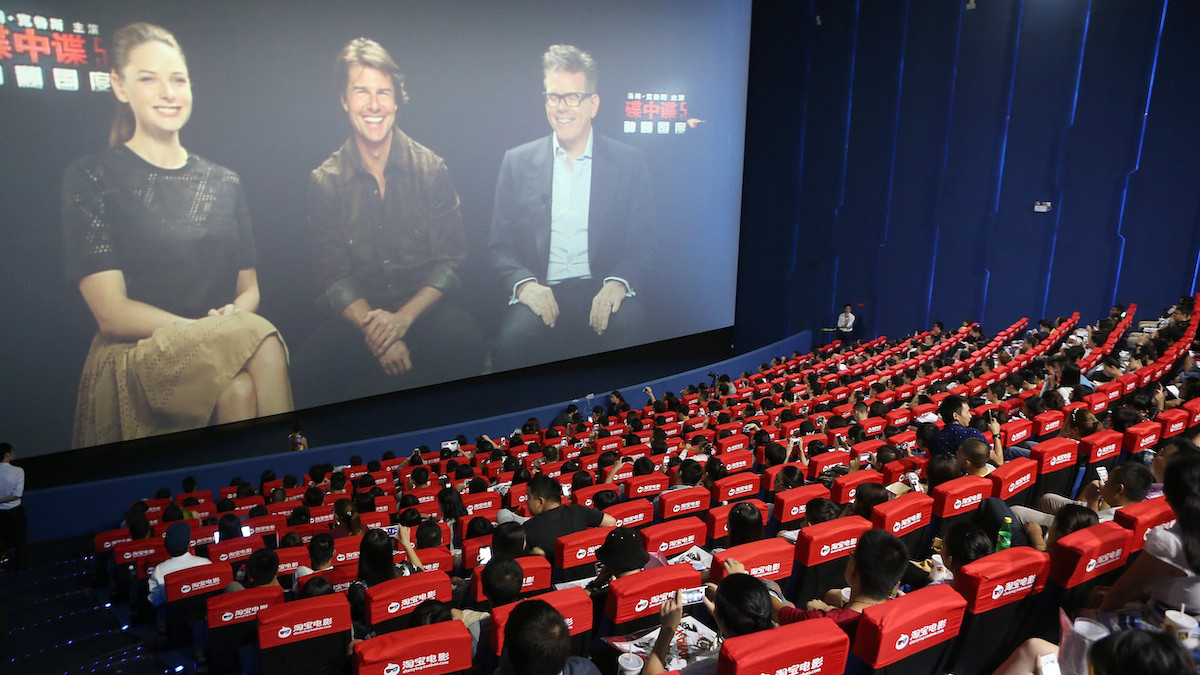How to Produce a Hit TV Show and Save the Environment at the Same Time
Apple TV+’s "Shrinking" offers a playbook for operating green sets and production, from rechargeable batteries in microphone headsets to solar-powered trailers. The post How to Produce a Hit TV Show and Save the Environment at the Same Time appeared first on TheWrap.

When actress Wendie Malick joined the cast of Apple TV+’s “Shrinking,” she was attentive, as always, to the sustainability standards on set. “If you’re not part of the original cast, it’s harder to come on and start telling people what to do,” Malick, who plays Harrison Ford’s neurologist and love interest, told TheWrap. “Happily, there wasn’t much left for them to do.”
Now shooting the third season of the therapy-themed comedy, Malick has been concerned about sustainability in entertainment production for decades. Since 2003, she has been on the board committee for the Environmental Media Association (EMA), a nonprofit whose Green Seal certification stamps Hollywood projects for their eco-conscious methods, spanning from energy efficiency to the use of recyclables.

Such efforts are important in an energy-draining industry, as Earth Day, which is marked annually on April 22, reminds people to do what they can to help save the planet. For example, the average feature film emits 1,400 metric tons of carbon, the equivalent of 10 New York-to-London flights. An episode of a half-hour scripted series — like “Shrinking” — releases about 26 metric tons.
TV’s Carbon Footprint

“Despite best intentions, filmmakers sometimes don’t make the same choices they would make at home,” said Kent Hayward, a professor of film production at California State University Long Beach, who authored a book on green filmmaking. He pointed to industry stressors that include tight budgets and high-pressure deadlines.
Who’s responsible for what is also complex, and the decentralized system allows for a lack of accountability. For the most part, it’s up to producers to implement sustainable practices as they see fit. But studios have their own targets, like Disney’s pledge to 100% zero-carbon electricity by 2030, and NBCUniversal’s goal to achieve carbon neutrality by 2035. There are also green sound stages, and often third-party sustainability agencies.
That’s where the EMA Green Seal can act as a bridge between stakeholders: a methodical way to show, via a checklist and points, how sustainable a project is. Producers are drawn to it as an opportunity to broadcast their stamp of approval to the press and the public.
EMA was founded in 1989, but Debbie Levin took over in 2000 as it was about to shutter. She started small, designing PSAs (the first starring Amy Smart as a mermaid warning about ocean pollution, donning Darryl Hannah’s fins from “Splash!”). Levin launched the Green Seal program in 2003, now used by some of TV’s most popular shows, including “Hacks” and “The White Lotus.” “This has mushroomed into an industry standard,” Levin told TheWrap.
The checklist is split into departments, from costume to construction, catering to special effects. If a project uses repurposed set materials, it may earn up to five points; if at least 30% of lighting is via energy-efficient LEDs, another five. Composting food waste earns three points; rechargeable batteries in microphone transmitters another three.
The “Shrinking” checklist
As Malick notes, set standards are high for “Shrinking.” Producer Kip Kroeger, who also works on other Apple TV+ shows “Ted Lasso” and “Bad Monkey,” said each season begins with a discussion with the studio, Warner Bros.
“You get this giant bible of all of our policies,” he said, with a sustainability chapter essentially comprising the EMA rubric. Producers then task all departments to take ownership of their parts of the checklist. “Everybody gets to put their fingerprints on it,” he said.

On all his productions, Kroeger said they have eliminated plastic water bottles, and each cast and crew member has their own reusable bottle that’s refillable using the water jugs dotted around the sets. They have also digitized scripts into tablet form to save paper. In the past, several paper drafts would be sent around with changes, sometimes three or four times a day.
They also have points on the scoreboard for using low-carbon fuels like renewable diesel or biodiesel; solar-powered trailers that run without generators; recyclable trash setups; and responsible materials for construction and set decoration. With 179 points out of 200, “Shrinking” has earned the Gold Seal, reserved for productions scoring 125 or more. It fell short in only a few areas, including for collecting compost on location and eliminating red meat from craft service.
Kroeger’s productions have also been strong on another part of the framework: sustainability in the storytelling itself, which is effective for an industry that so deeply influences culture. On “Bad Monkey,” there’s a conservation theme central to the story (and the novel it’s based on), as Vince Vaughn’s character battles with a neighbor building a mansion that threatens the Florida Keys wildlife, including the beloved native deer. The theme is inherent to Vaughn’s character. “He may be a jerk in 18 other ways, but the character is driven by this,” Kroeger said.
But messaging can be much subtler. On “Shrinking,” when Jessica Williams’ character buys a new car, it’s an EV. Sometimes, it’s discreetly showing a compost bin on a kitchen counter, or a roof with a solar panel. “It’s so much more impactful when it’s an organic part of a story,” Malick said. “We’ve all learned politically that lecturing people does not have the desired outcome.”
Beyond ditching plastic water bottles
Skeptics may wonder if on-screen environmentalism excuses productions from the grind of the behind-the-scenes work, and if perceived easier wins like single-use plastics turn the focus away from harder work on decarbonization. In the era of greenwashing — exaggerated claims about environmental do-goodism — other self-reported accreditation systems like B Corp have taken flak. More than 9,500 B Corp-certified companies worldwide suggests standards may have become too lenient. Similar questions could surround EMA, which gives out numerous seals a year; NBCUniversal alone took home 49 Gold and Green Seals in 2024.
But more than 1,000 Hollywood movies and TV seasons get made every year, so EMA’s criteria is still very selective. Its rubric is weighted, giving more points to more laborious work like decarbonization, and it consistently highlights the very best work; this year, at its annual Impact Summit, EMA will recognize “True Detective: Night Country” for its achievement of partly shooting in Iceland with 100% clean geothermal and hydroelectric energy.

There’s still room to improve, and Levin hopes that one positive that can emerge from the tragedy of the Los Angeles wildfires is greater awareness of the importance of such climate work.
Ultimately, the cost benefit will always be the driving factor. That should work in the Earth’s favor: Sustainable practices in Hollywood tend to lead to significant savings in the long term. Research from Earth Angel, a leading sustainability agency, showed that using reusable bottles on set for 60 days cost about $5,500, versus $11,000 for plastic. For a season of “Boardwalk Empire” that used digital scripts, the cost was about $30 per crew member versus $193 for paper.
Sexy to be green
Costs aside, it’s important to get buy-in from everybody involved in a project to fundamentally shift the cultural norms.
“Old habits die hard,” Malick said, adding that the convenience of tossing someone a plastic bottle still remains. It takes some practice, but attitudes certainly reflect greater awareness of the issue than they exhibited two decades ago.
“What we’ve tried to do from the beginning is to make it sexy to be green,” Malick added, so that it feels uncool to not be part of the solution. “Once people see it through that lens, it’s a lot easier to get there.”
The post How to Produce a Hit TV Show and Save the Environment at the Same Time appeared first on TheWrap.




















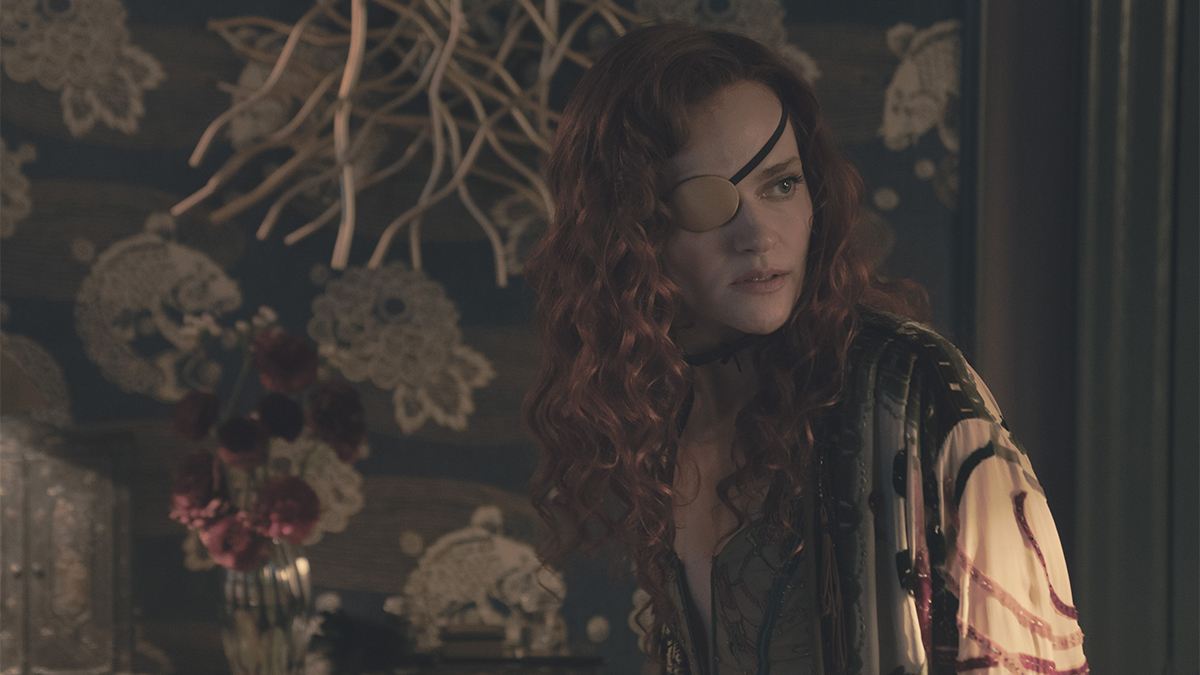






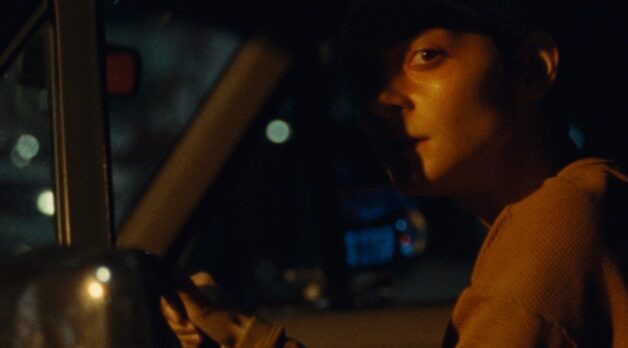
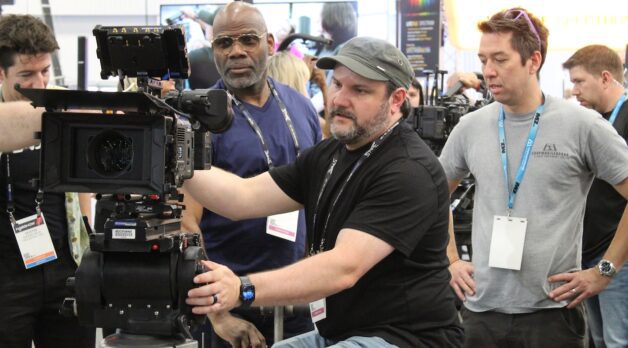
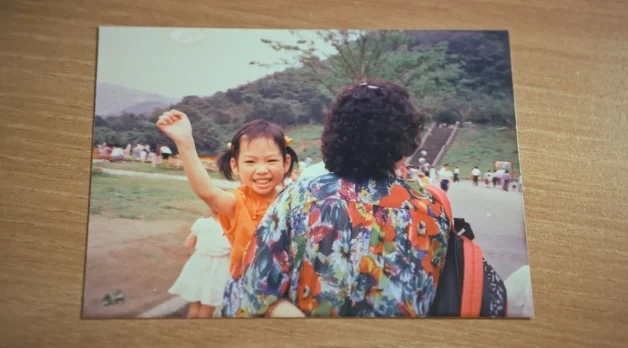










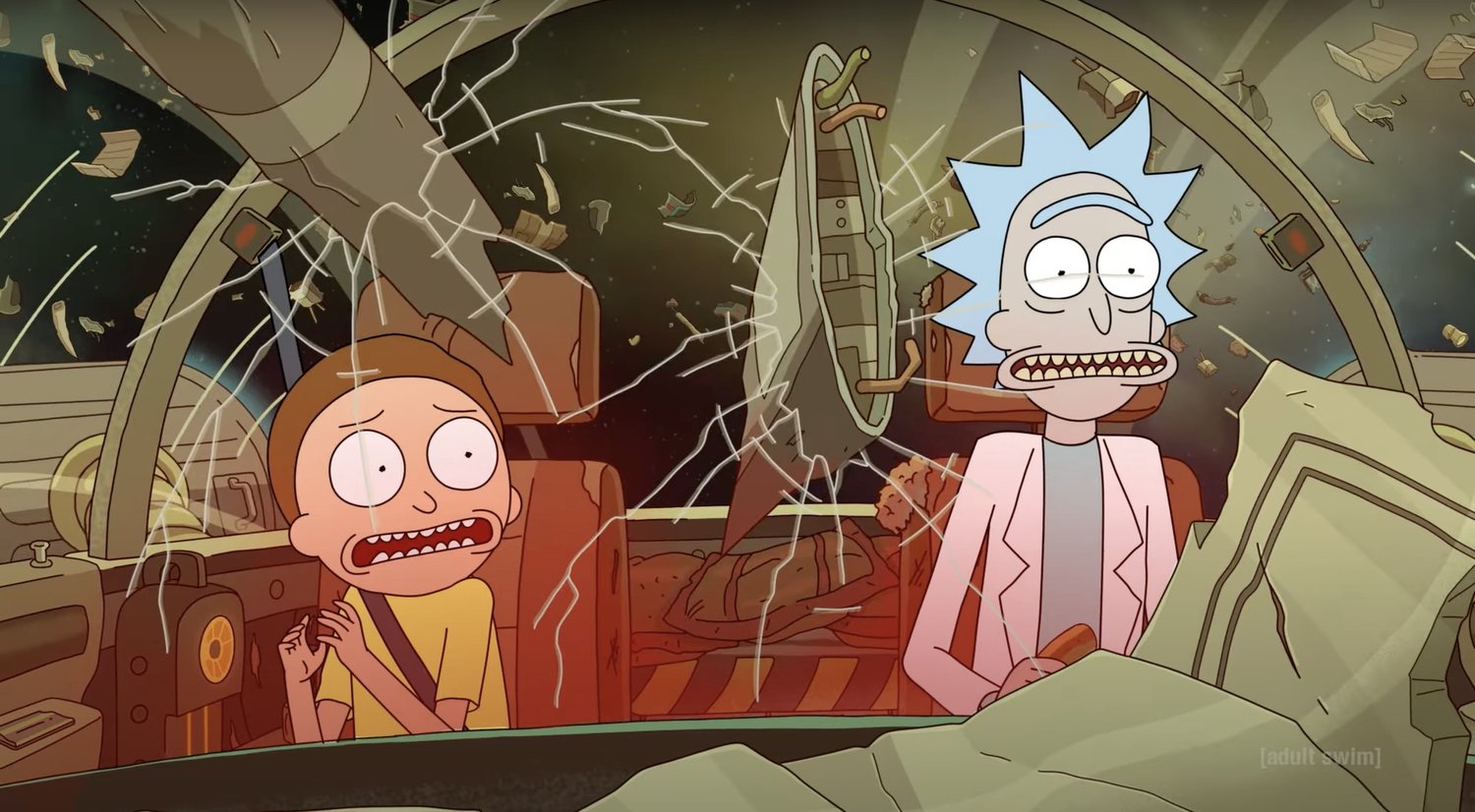











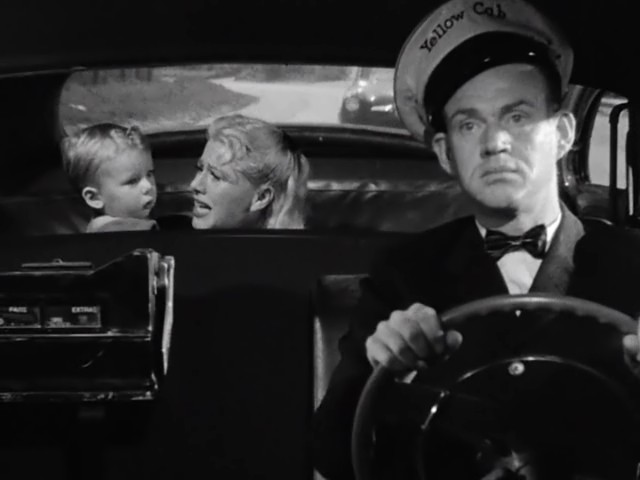
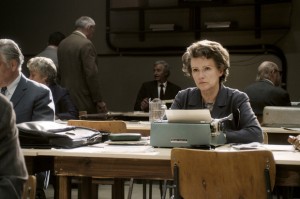




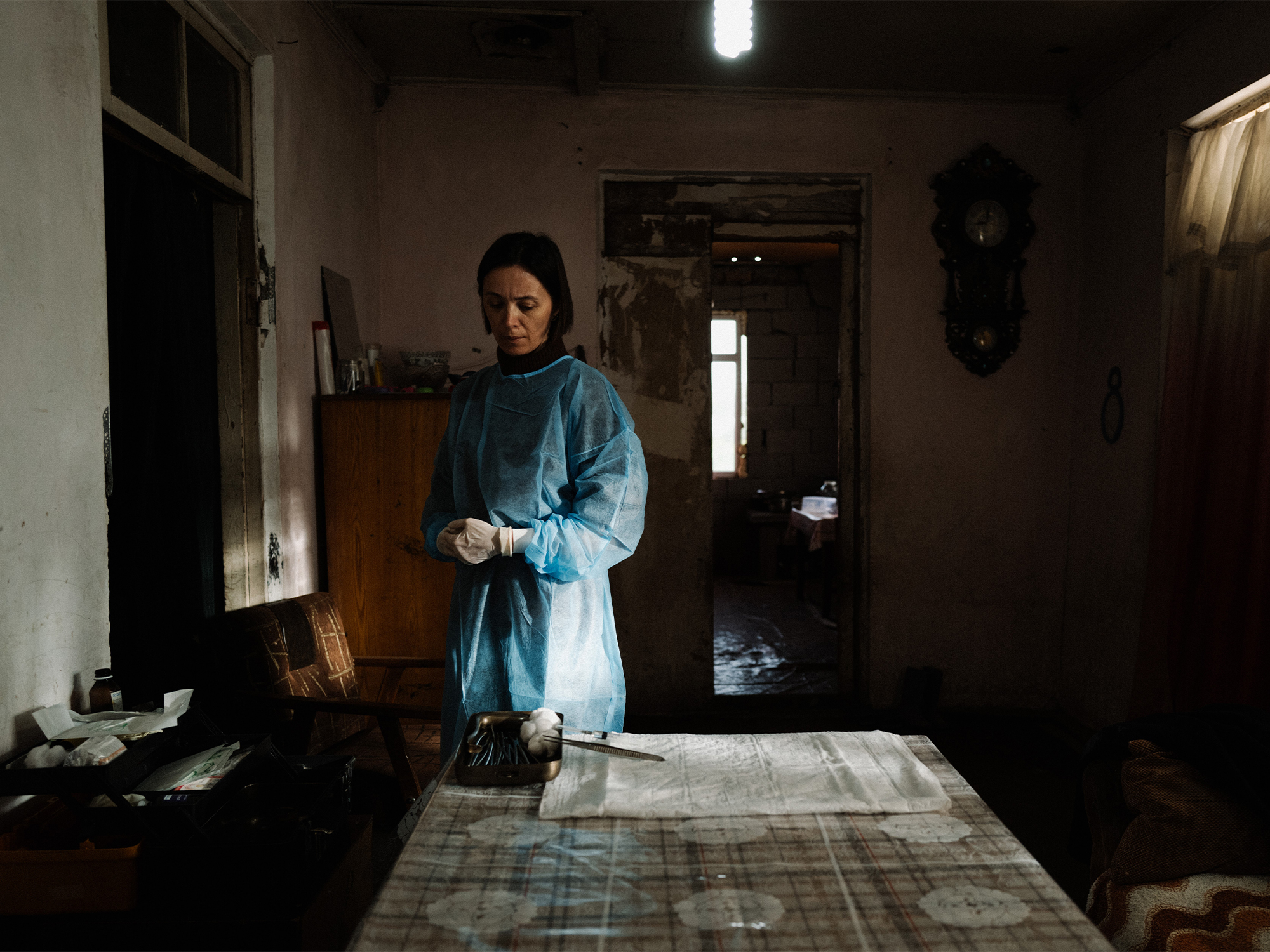

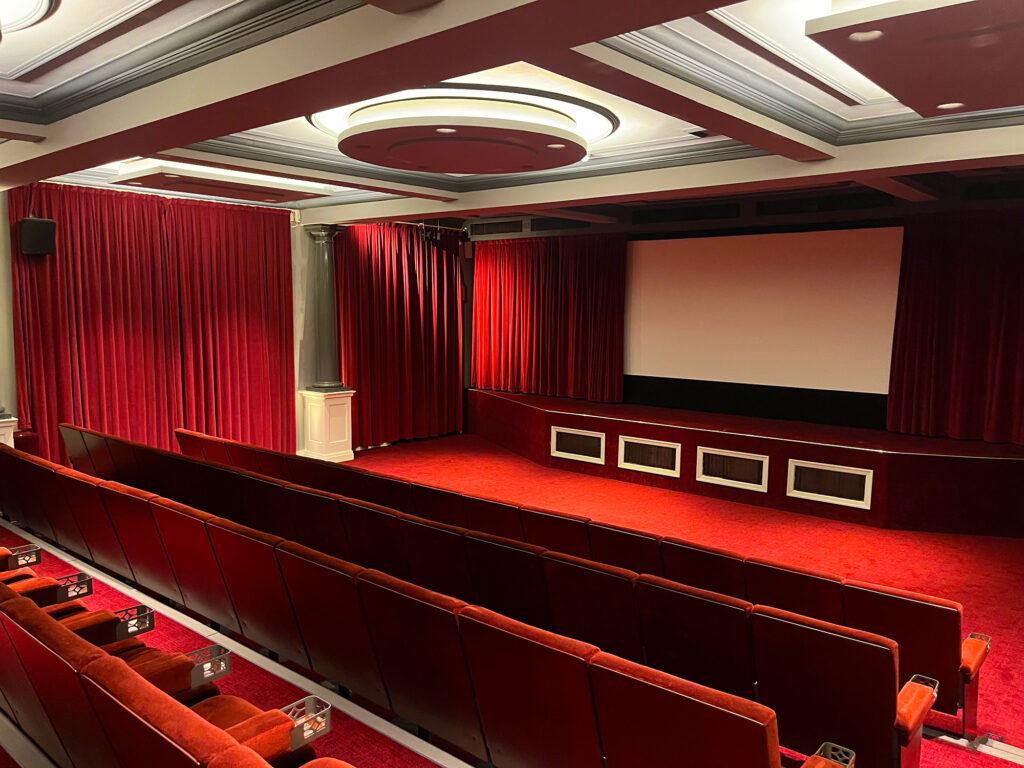

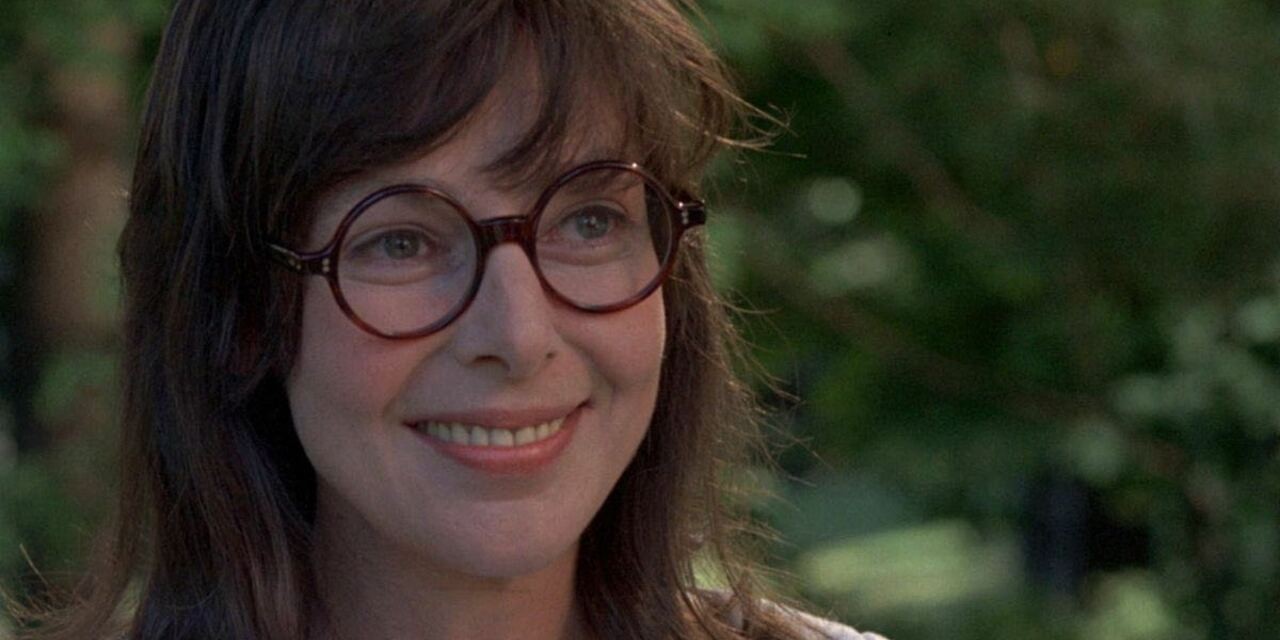










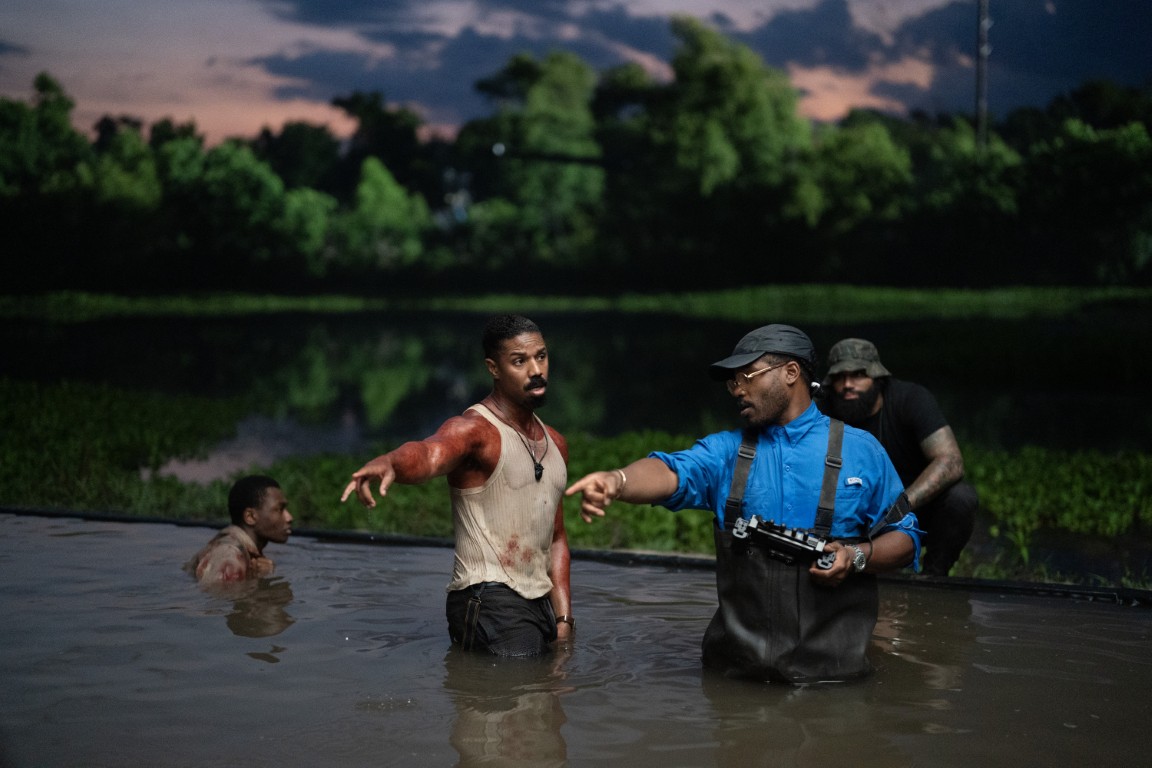




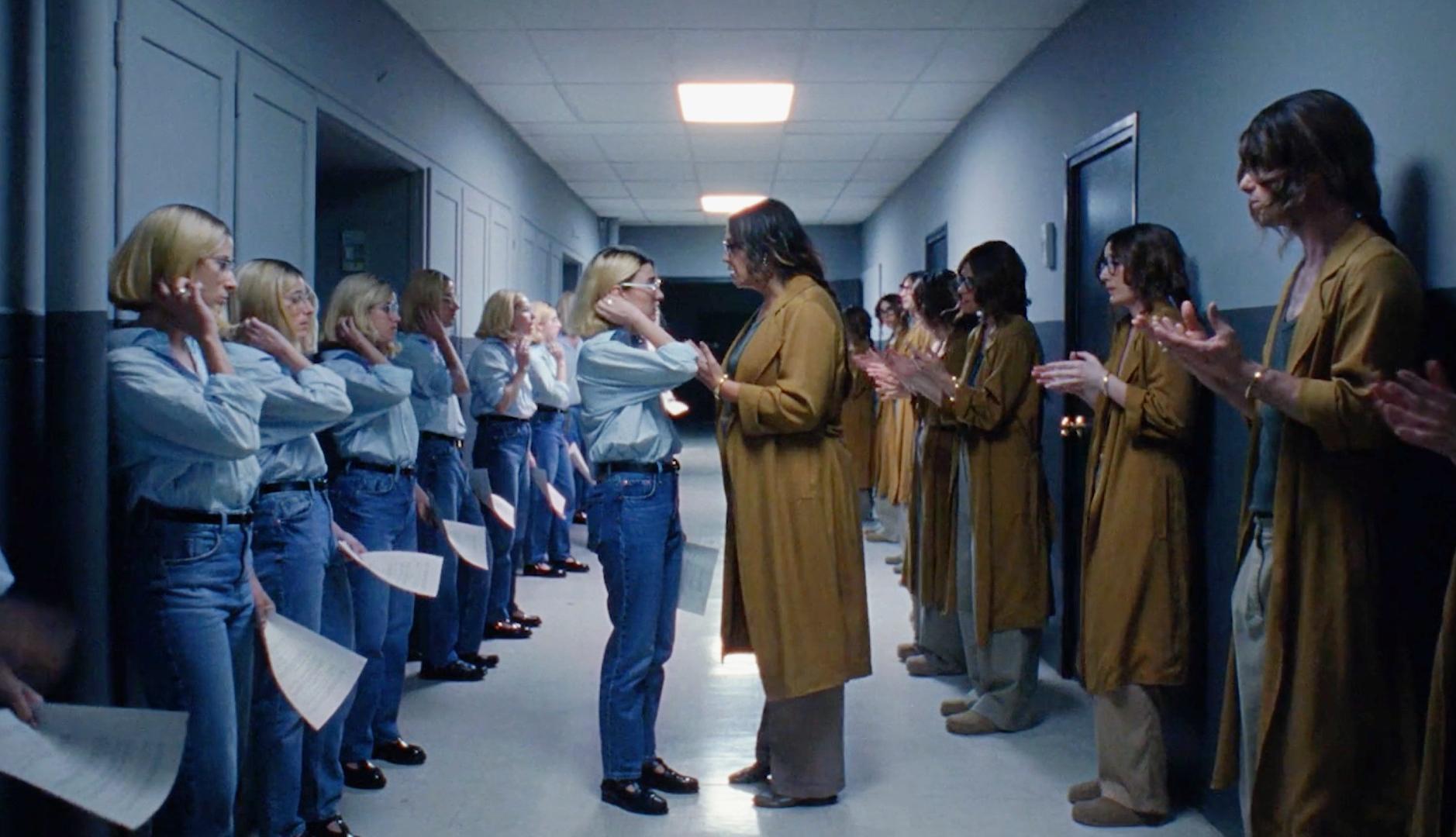
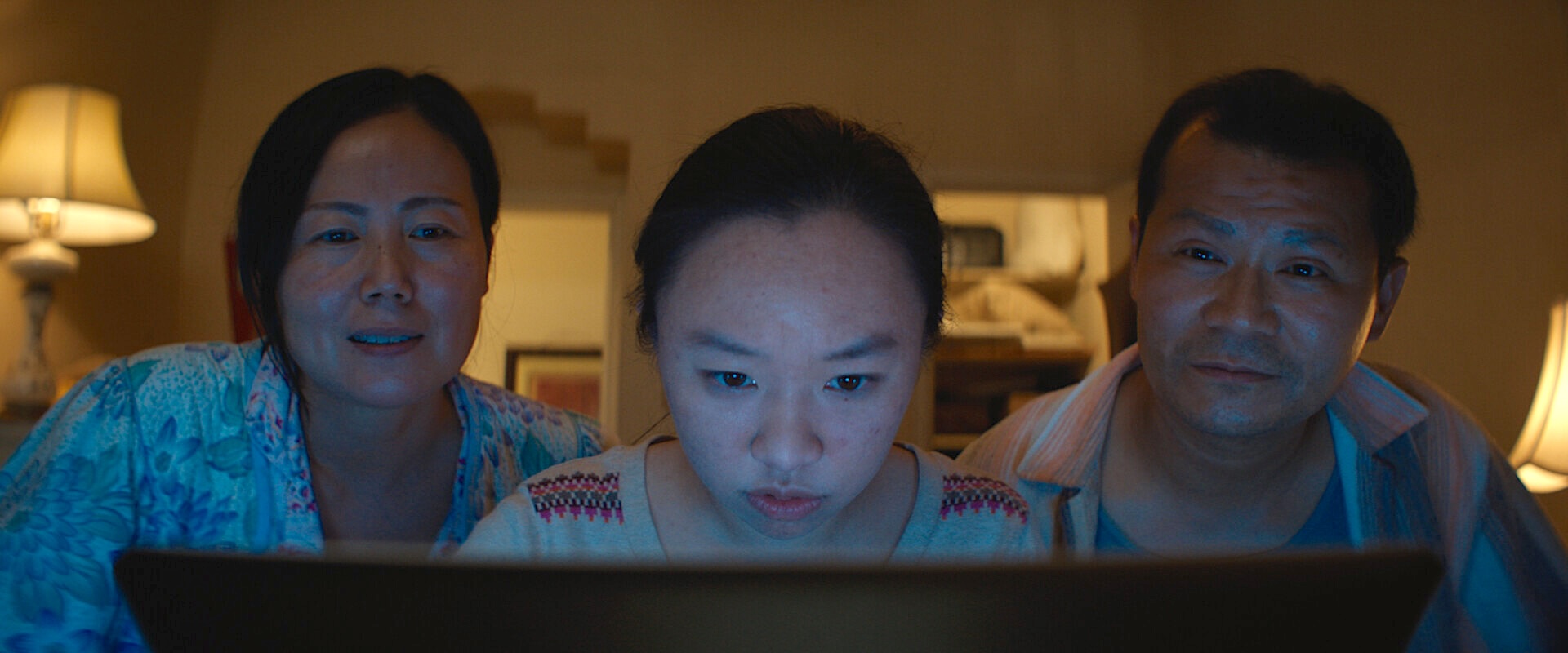




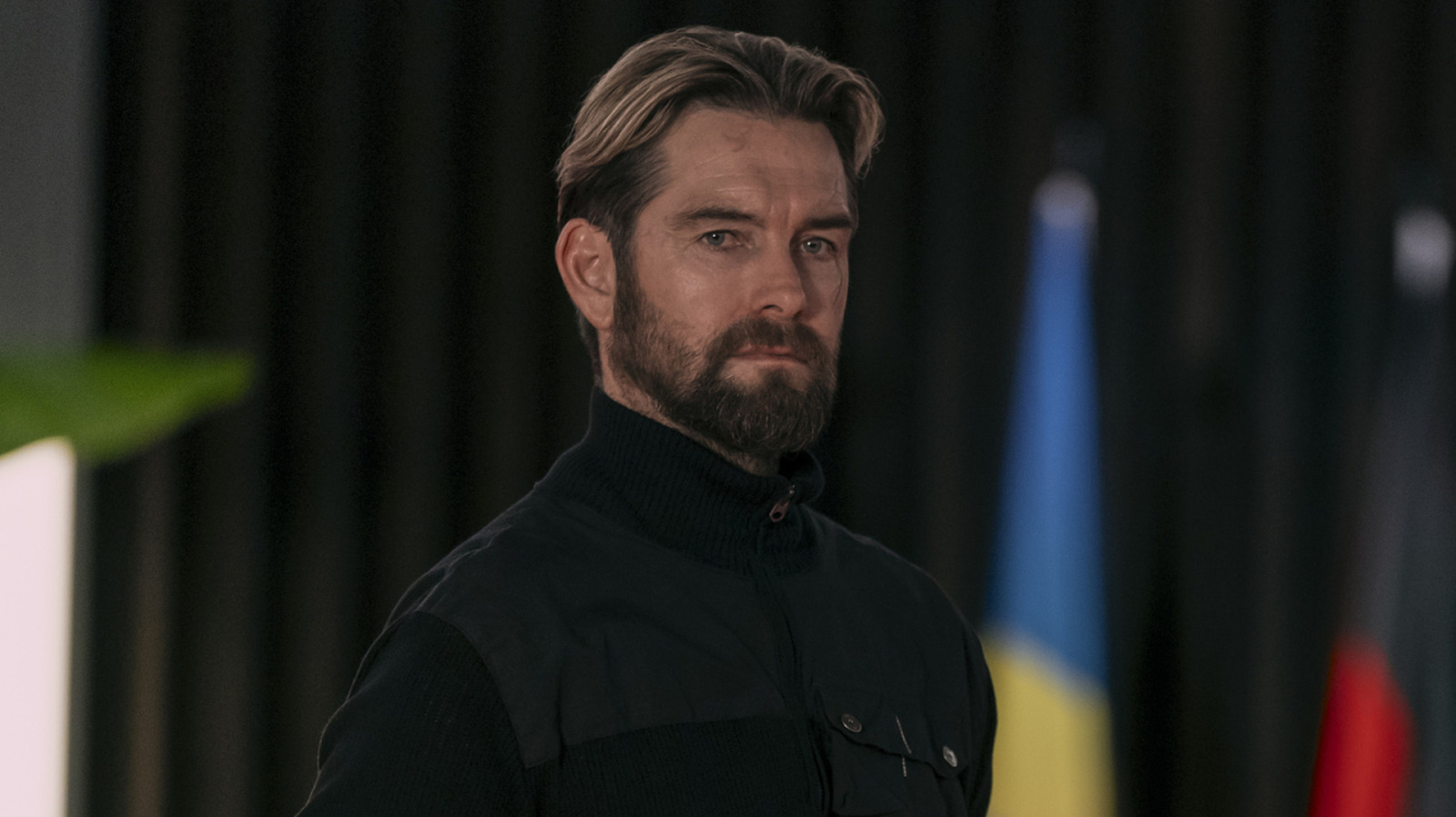








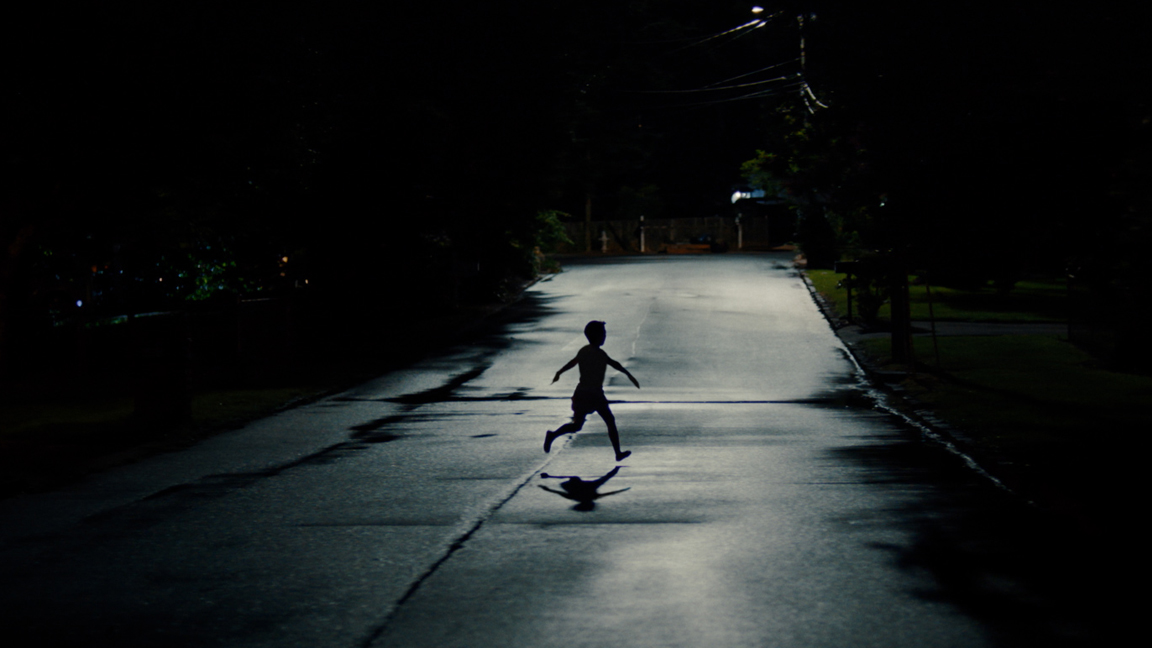


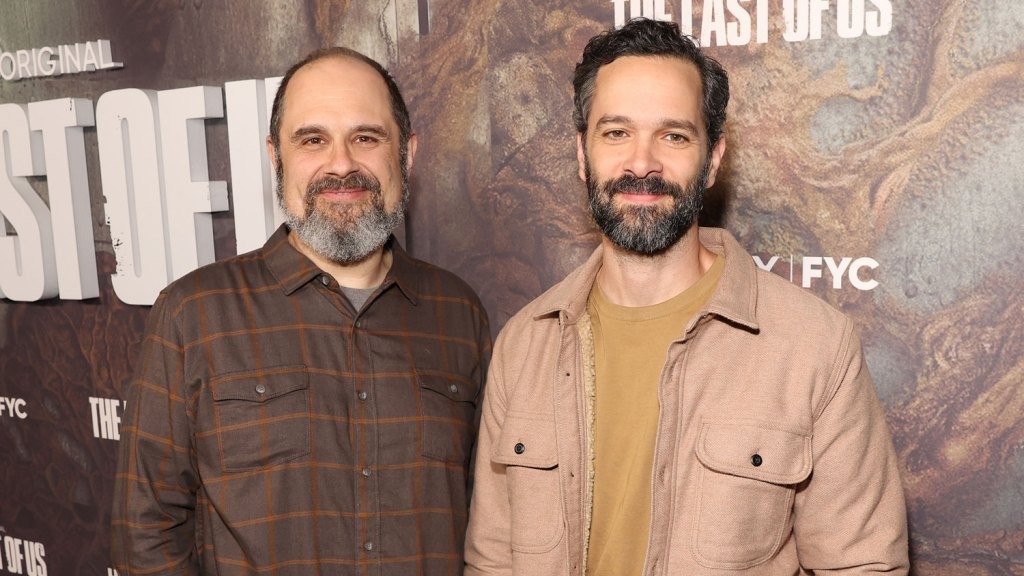



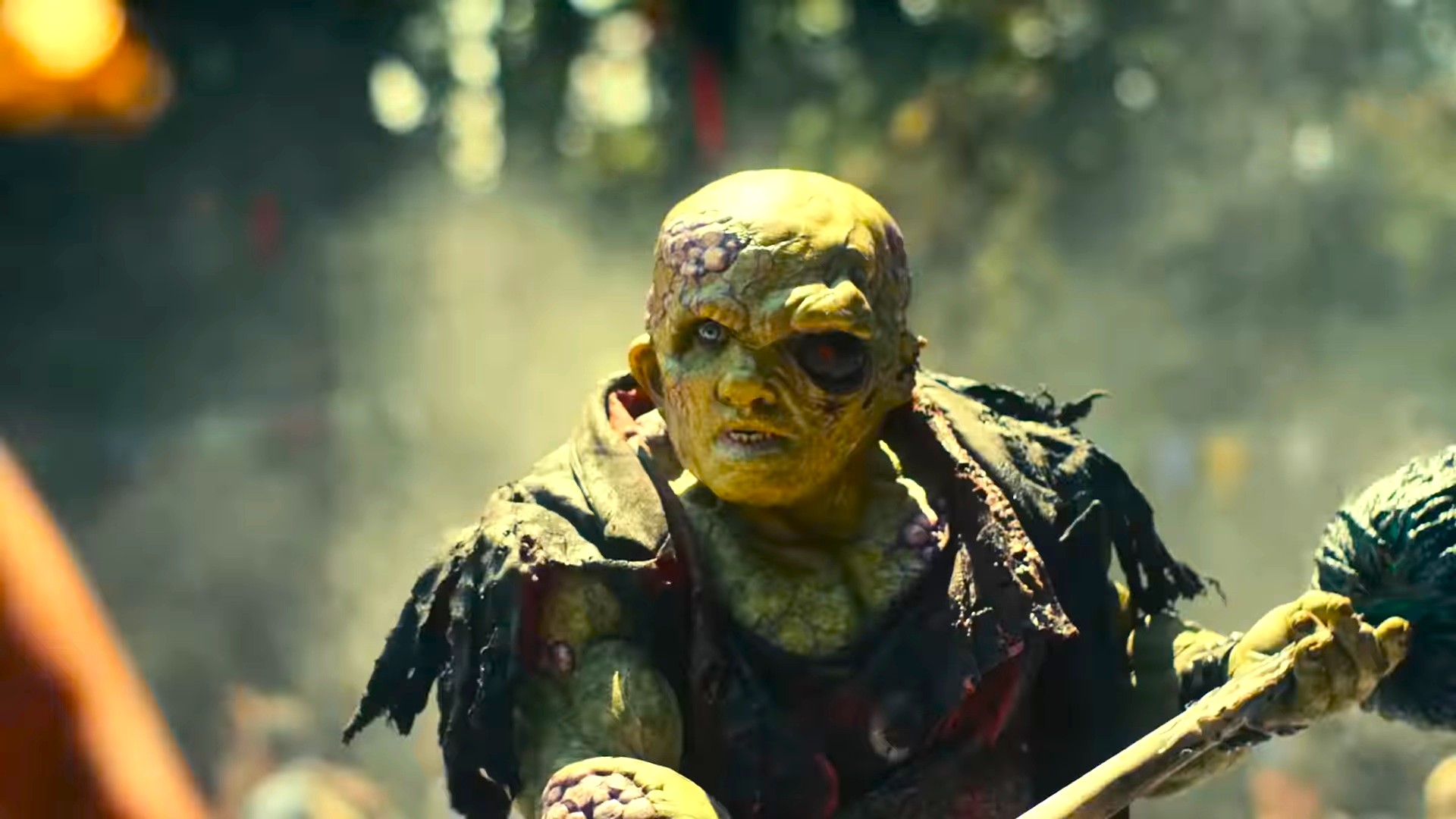











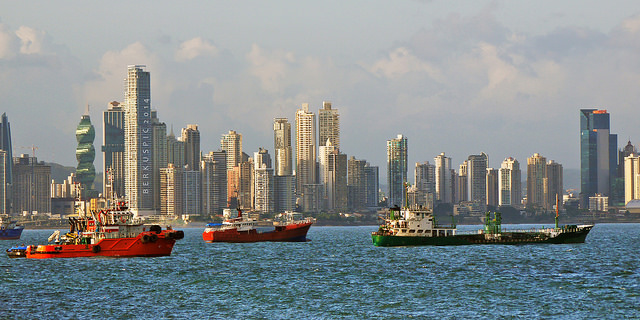
































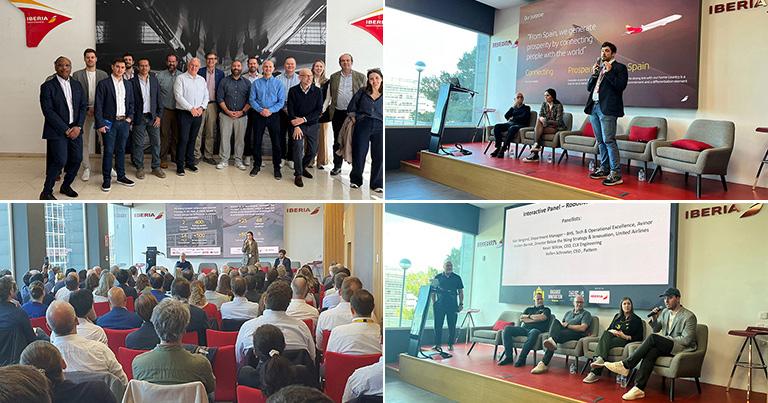

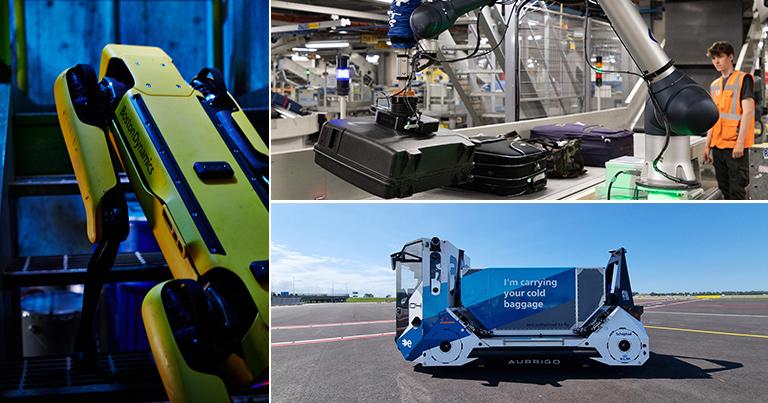






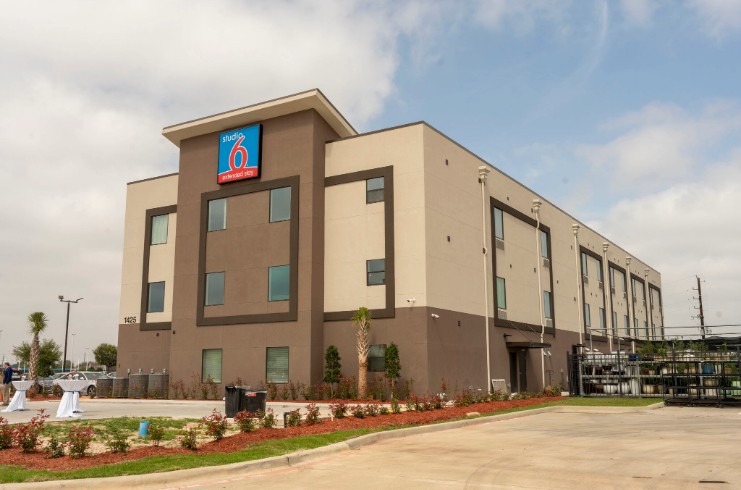








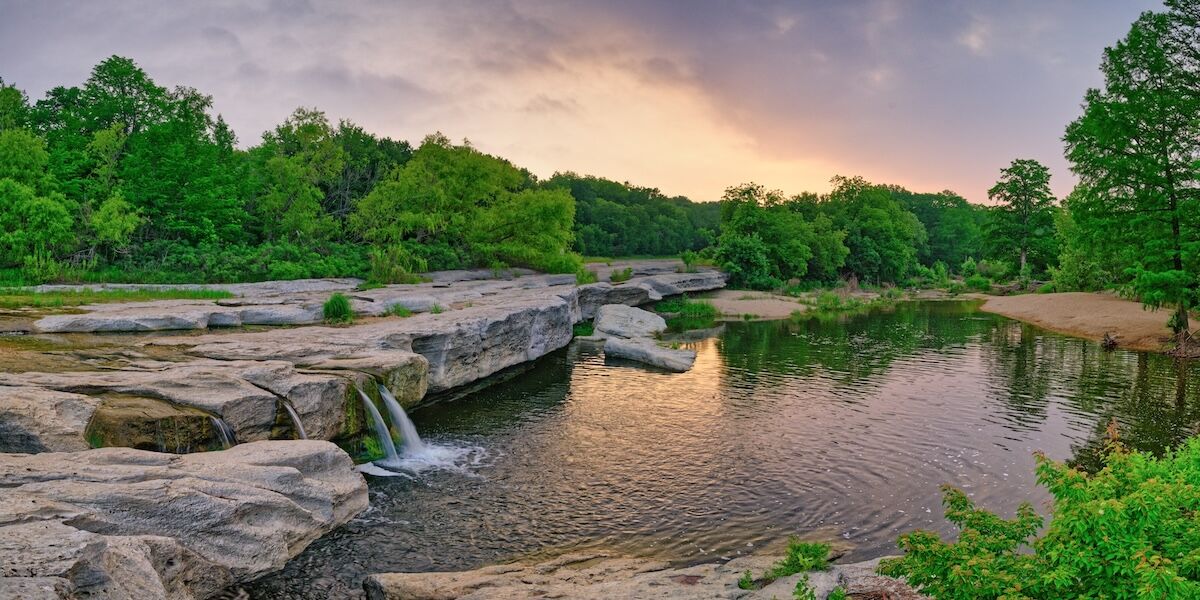







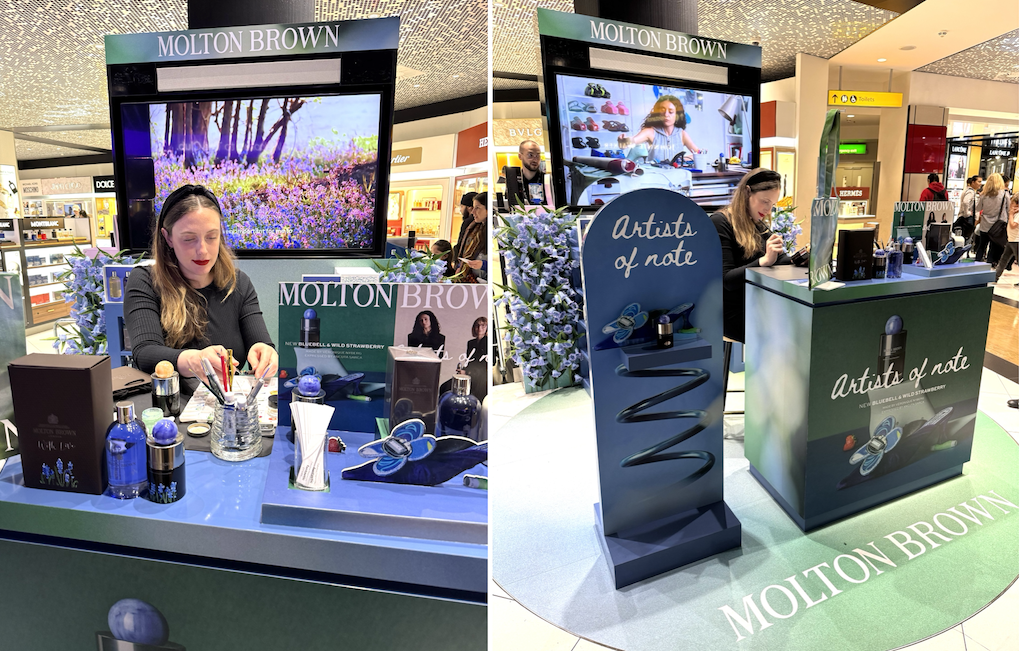















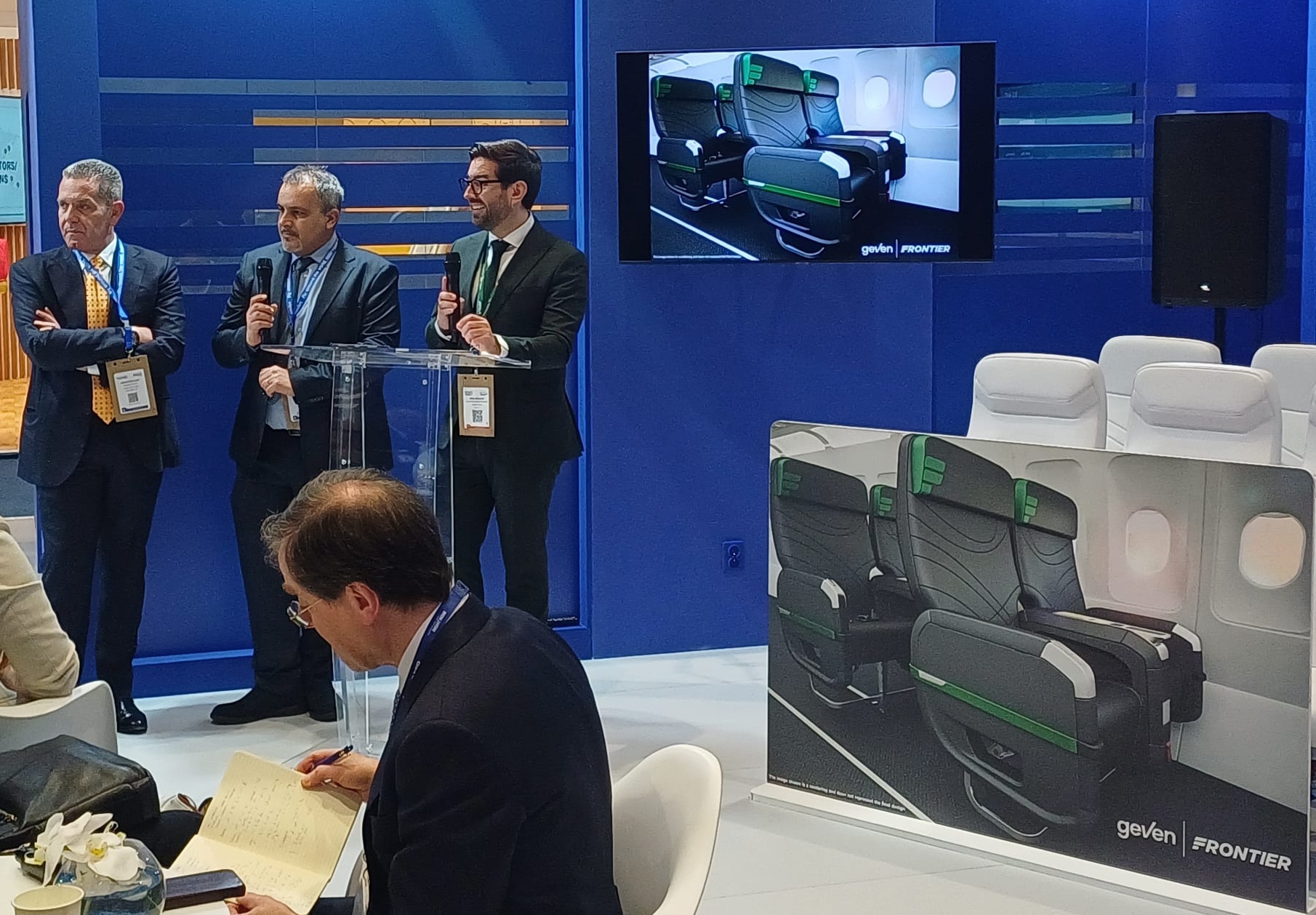




























![Mouse Invades United Club at LaGuardia on the Eve of $1,400 Fee Hike [Roundup]](https://viewfromthewing.com/wp-content/uploads/2025/04/united-club-lga.jpg?#)
![Caught on Video: “He Busted Through!” Frontier Airlines Passenger Storms Closed Las Vegas Gate [Roundup]](https://viewfromthewing.com/wp-content/uploads/2025/04/Screenshot-2025-04-20-140707.png?#)

![It’s Unfair to Pay 100% for 50% of a Seat—Why Airlines Must Start Refunding Customers When They Fail To Deliver [Roundup]](https://viewfromthewing.com/wp-content/uploads/2025/04/broken-american-airlines-seat.jpeg?#)




















-All-will-be-revealed-00-35-05.png?width=1920&height=1920&fit=bounds&quality=70&format=jpg&auto=webp#)


-Jack-Black---Steve's-Lava-Chicken-(Official-Music-Video)-A-Minecraft-Movie-Soundtrack-WaterTower-00-00-32_lMoQ1fI.png?width=1920&height=1920&fit=bounds&quality=70&format=jpg&auto=webp#)

















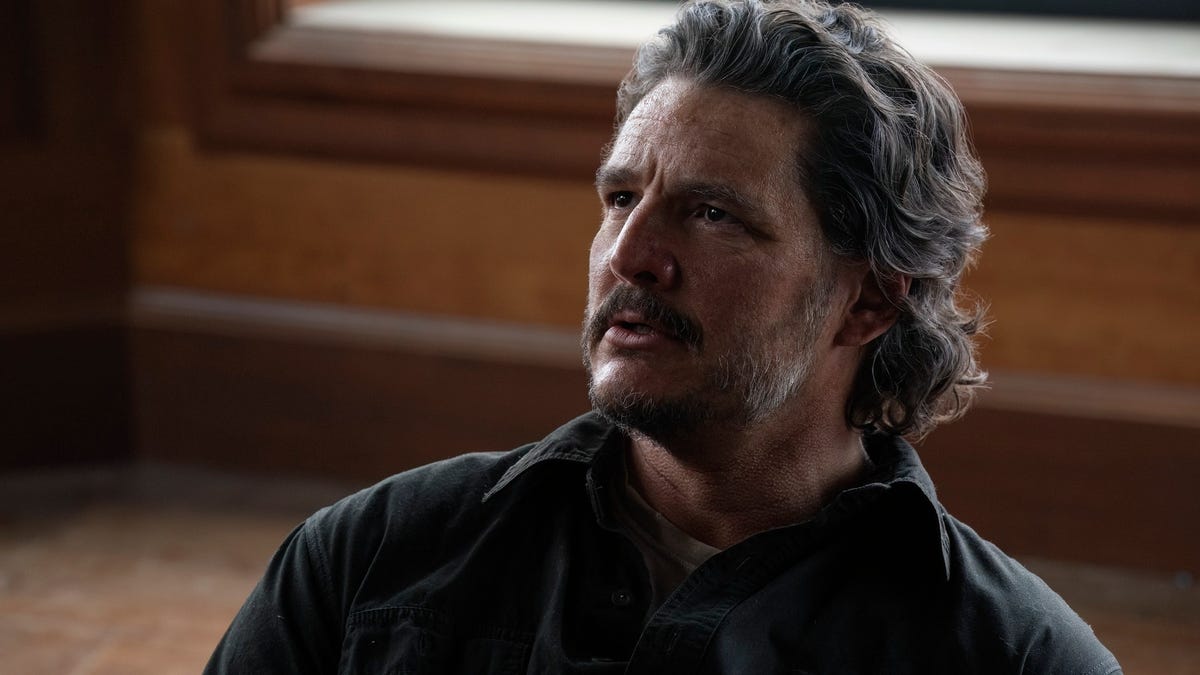



























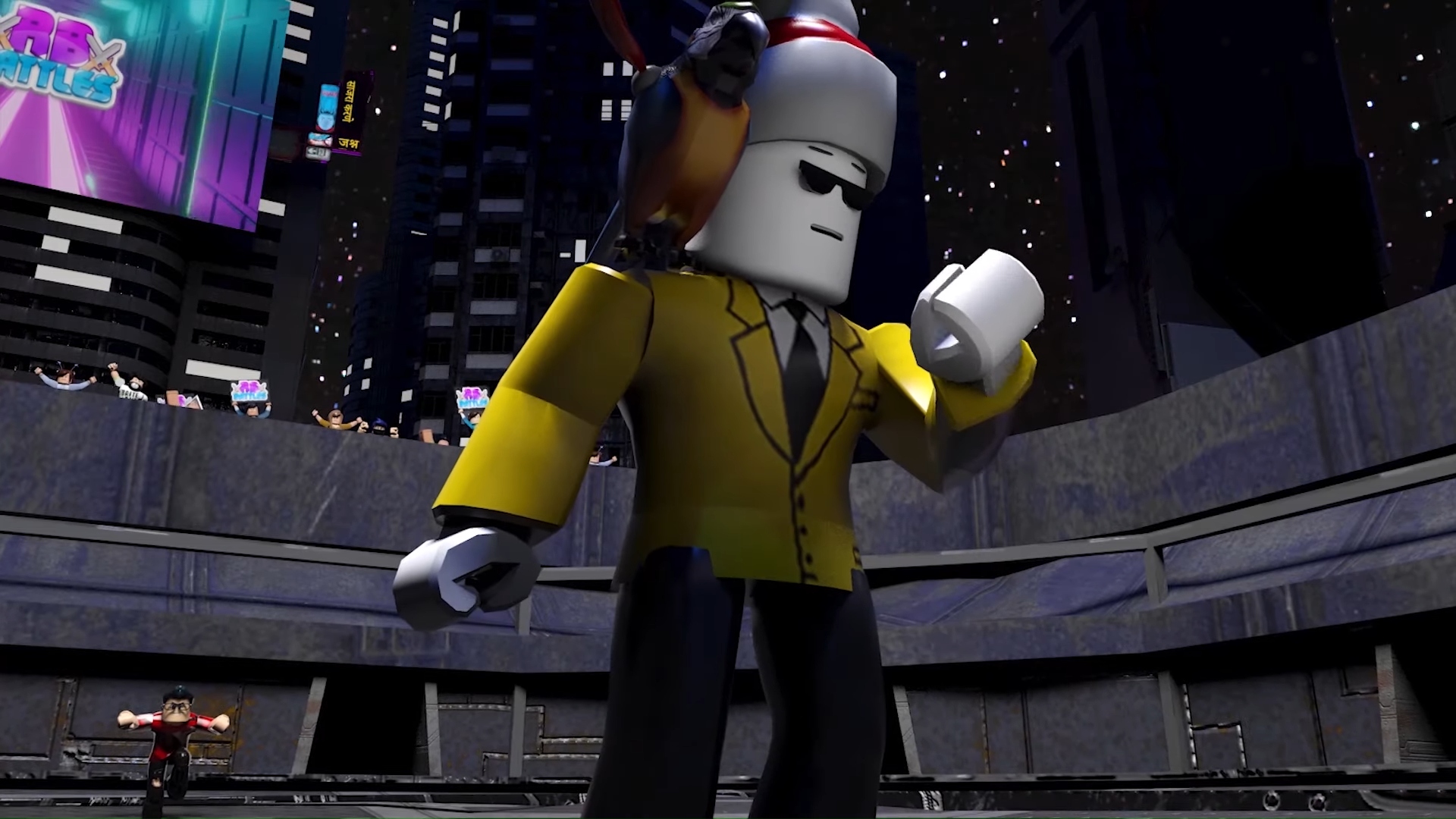























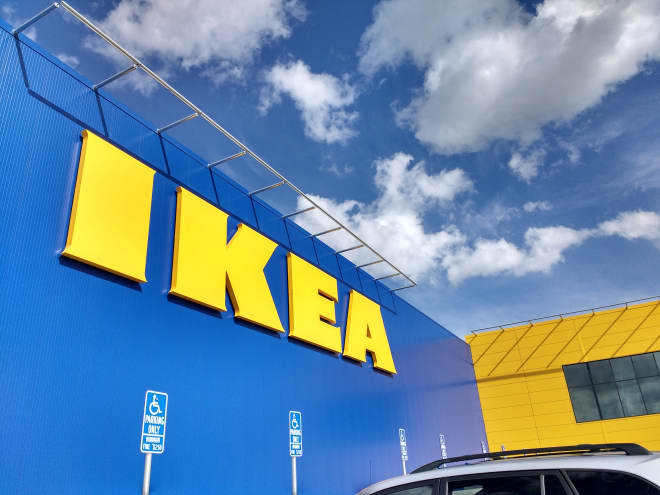



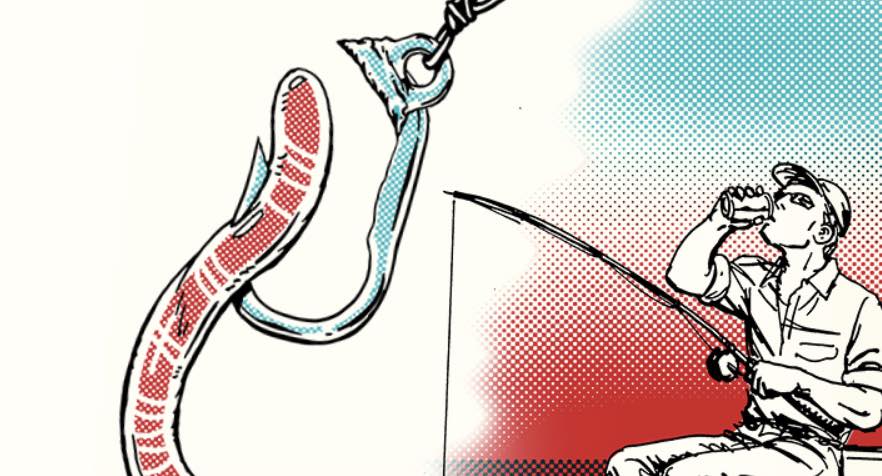
















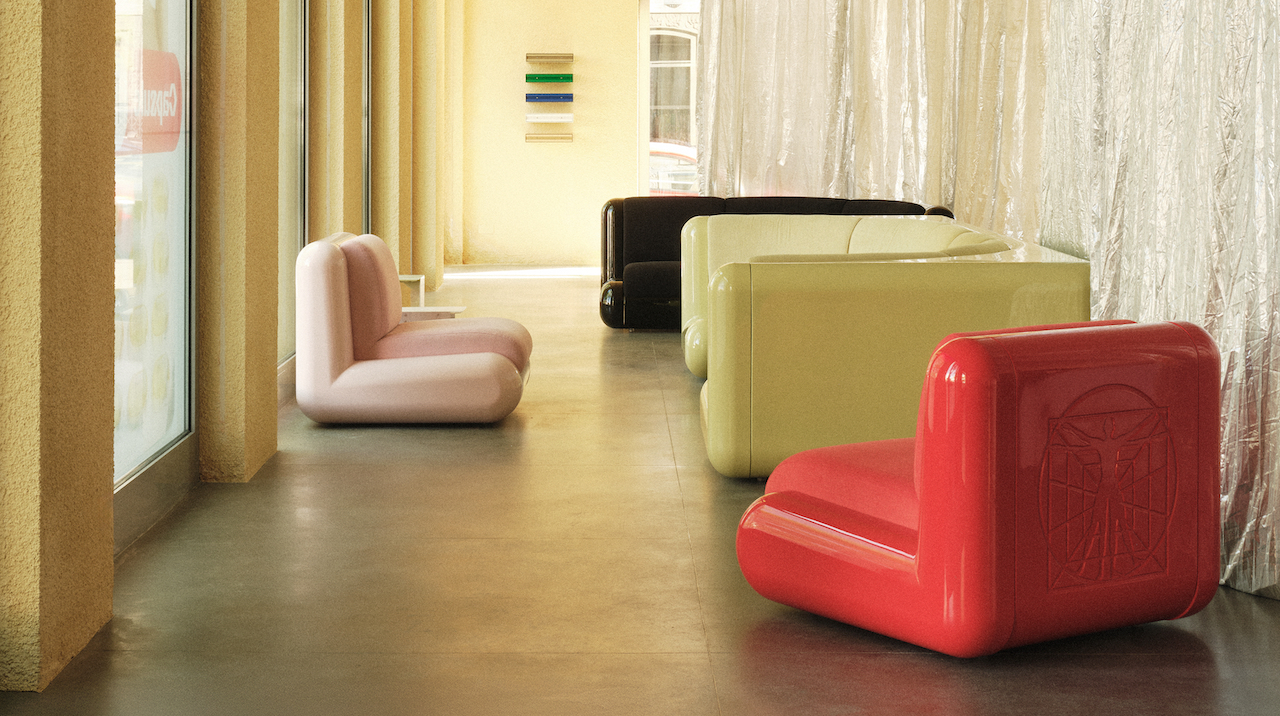


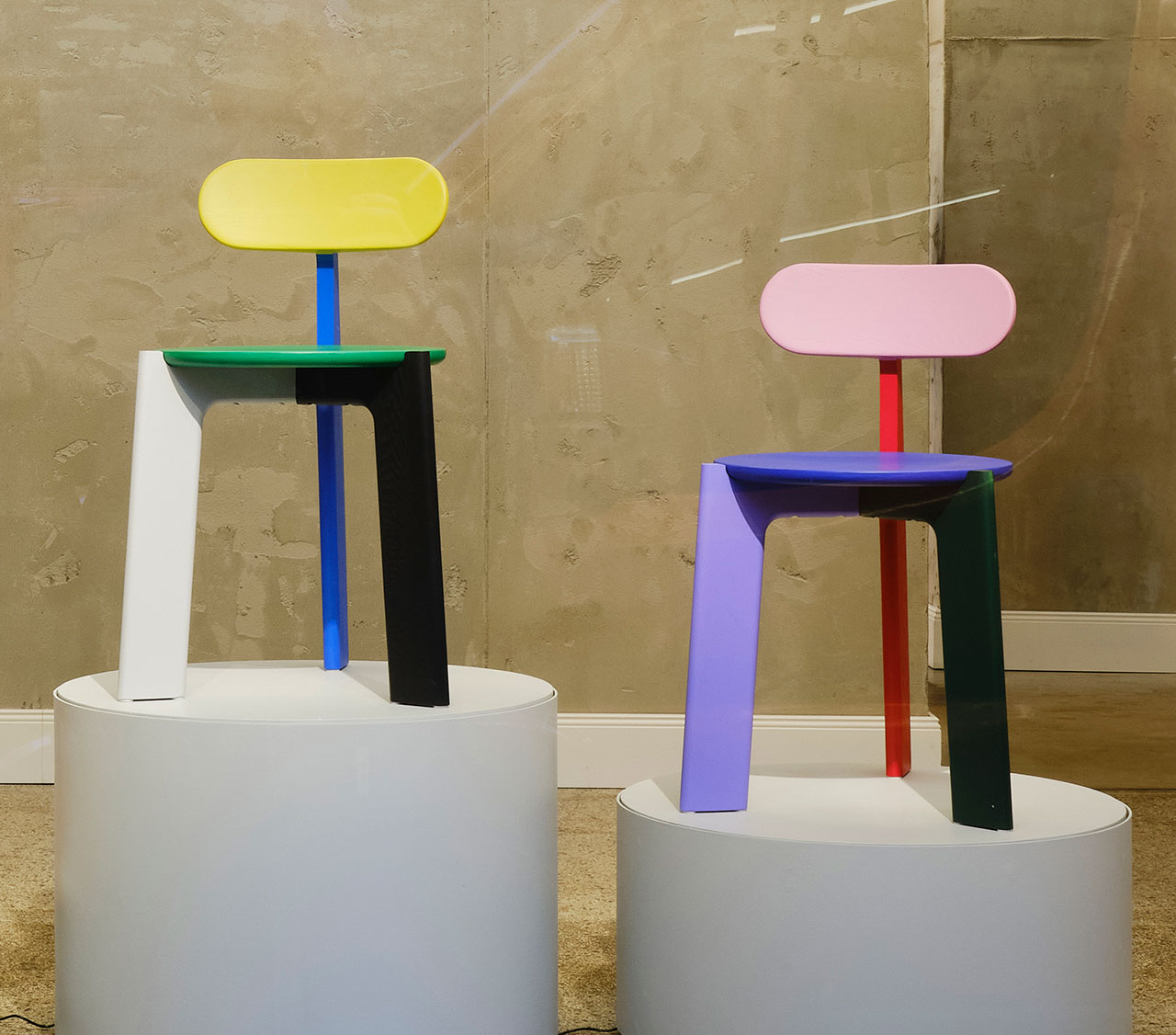























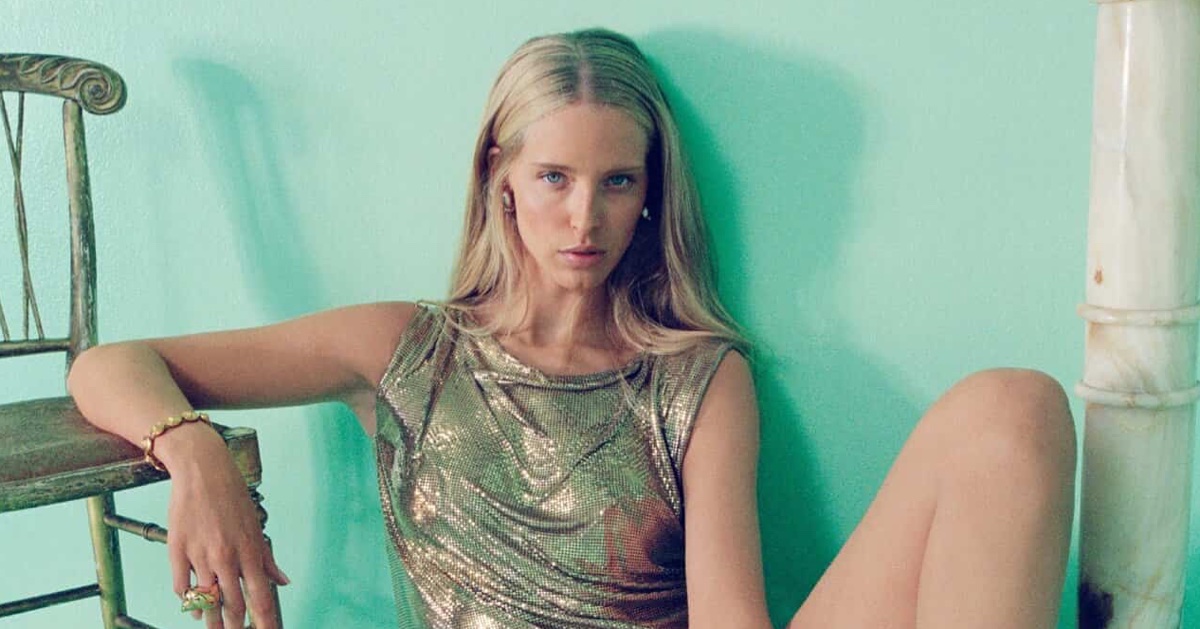





















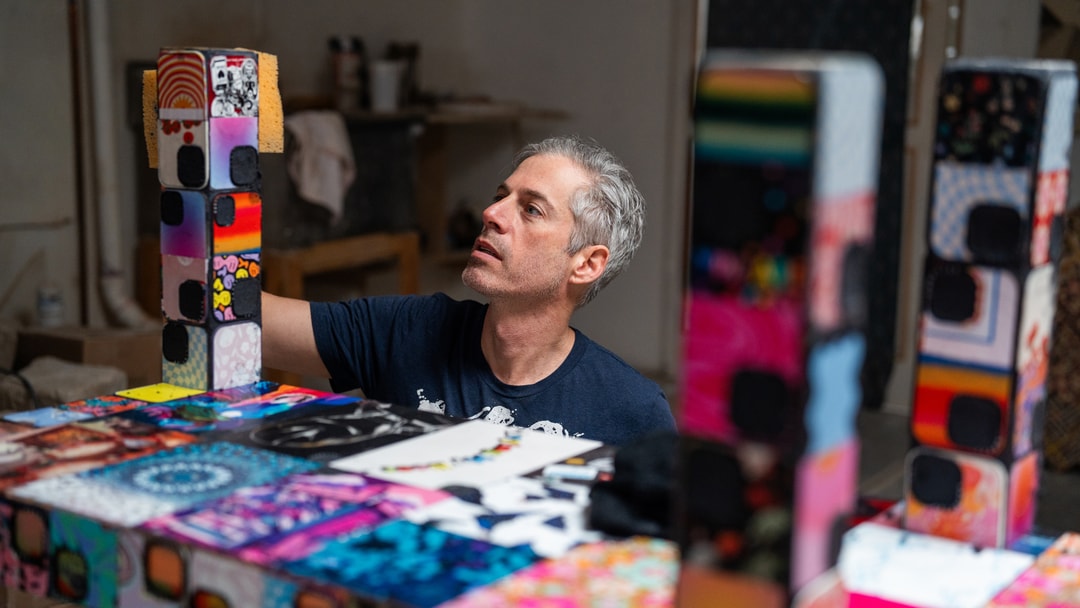



![[Podcast] Unlocking Innovation: How Play & Creativity Drive Success with Melissa Dinwiddie](https://justcreative.com/wp-content/uploads/2025/04/melissa-dinwiddie-youtube.png)







